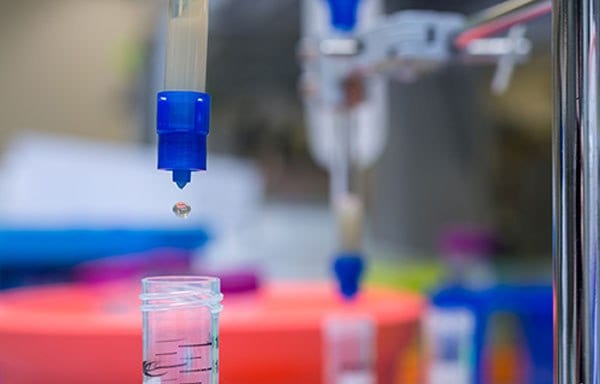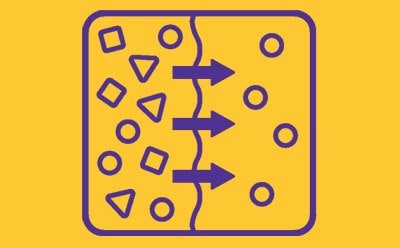FLAG® Purification

FLAG® tags enable superior detection and robust purification of recombinant fusion proteins, with proven utility in numerous downstream applications from binding and activity assays to structural analysis. The FLAG® epitope tag is a short, hydrophilic, eight-amino acid peptide (DYKDDDDK tag) that is readily cleavable by enterokinase (EK). Due to its small size and hydrophilic nature, the FLAG® tag commonly resides on the surface of the fusion protein, minimizing effects on function, secretion, or transport of the fusion protein. Regardless of your final application, we have the tools needed to express, purify, and detect FLAG® fusion proteins.
Products

FLAG® Tag Protein Expression
Our FLAG® tag protein expression portfolio includes vectors for efficient expression of recombinant fusion proteins in bacterial and mammalian systems. SnapFast™ vector technology allows you to easily move the gene-of-interest from one vector to another for more efficient and cost-effective cloning.
- The standard FLAG® peptide (sequence: DYKDDDDK) is a small tag that can be incorporated with minimal risk of steric hindrance or negative impact on protein solubility
- The 3xFLAG® tag sequence fuses three tandem FLAG® epitopes for enhanced (up to 200X) detection of fusion proteins

FLAG® Tag Protein Purification
We offer a variety of agarose affinity purification gels, magnetic beads, purification kits, and coated plates for isolation and purification of FLAG® tagged proteins.
- Agarose affinity gels enable fusion-tagged protein purification using anti-FLAG® antibodies cross-linked to beaded agarose, and are suited for small to large scale purification, these resins are suitable for gravity flow column purification.
- Anti-FLAG® M2 Magnetic Beads are used to purify recombinant fusion-tagged protein using a magnetic rack or platform to separate beads and isolate protein for rapid processing.
- Anti-FLAG® High Sensitivity M2-coated 96-well plates are suitable for expression screening, the study of protein-protein interactions, and ELISA assays.

FLAG® Tag Detection
FLAG® and 3xFLAG™ tags include binding sites for highly specific anti-FLAG® monoclonal antibodies as well as polyclonal antibodies and conjugates for ELISA, blotting applications, immunofluorescence, immunocytochemistry, immunohistochemistry (IHC), blotting, and flow cytometry.
- The M2 anti-FLAG® antibody binds N-terminal FLAG®, C-terminal FLAG®, and Met-FLAG® fusion proteins.
- The M1 anti-FLAG® antibody binding is calcium-dependent and specific for the N-terminus of the FLAG® tag.
- The M5 anti-FLAG® antibody binds N-terminal FLAG® and Met-FLAG® fusion proteins.
FLAG® Antibody Selection Guide
FLAG® Antibody Binding Characteristics
Related Resources
- Brochure: Refine Protein Preparation
Today, researchers are challenged to create high quality samples for meaningful protein analysis, often using cumbersome traditional sample preparation methods. With over 50 years of experience in developing protein sample preparation technologies, Merck is constantly innovating new tools to offer you rapid and efficient solutions that can be smoothly integrated into your workflow.
- User Guide: FLAG - Proven System for Detection and Purification of Proteins
The FLAG Expression System is an established way to express, purify, and detect recombinant fusion proteins. FLAG and 3×FLAG® have proven utility in numerous applications such as Western blotting, immunocytochemistry, immunoprecipitation, flow cytometry, protein purification, and in the study of protein-protein interactions, cell ultrastructure, and protein localization. These small hydrophilic tags facilitate superior detection and purification of recombinant fusion proteins when using our highly specific and sensitive ANTI-FLAG® antibodies.
- Application Note: EZview™ Red Protein A and ANTI-FLAG® M2 Affinity Gels - Immunoprecipitation with Enhanced Visibility Affinity Beads
The strength and specificity of interactions between biomolecules have been exploited for years in biochemical research. Affinity-based protein purification techniques have been used extensively to isolate and purify specific proteins or classes of proteins from complex biochemical mixtures, such as cell lysates..
To continue reading please sign in or create an account.
Don't Have An Account?